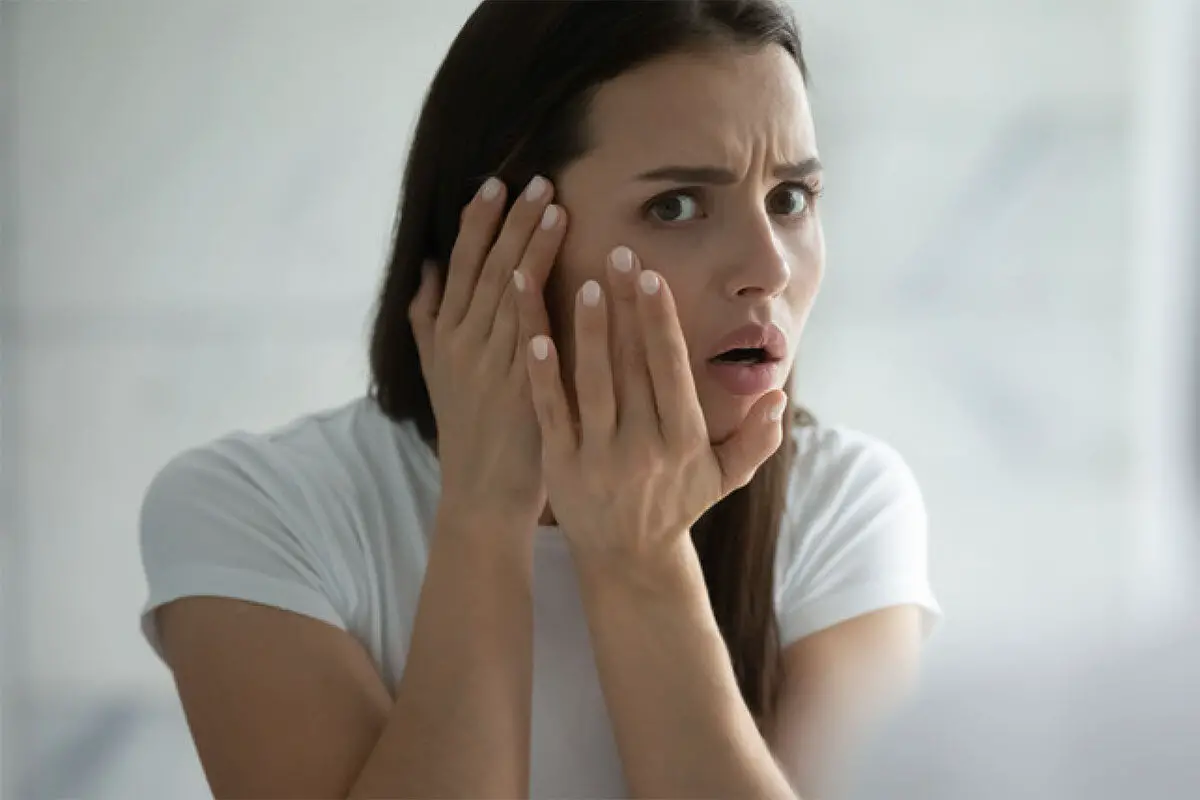Friction from Clothing Causing Folliculitis: What's the Connection?
As a beautician, you strive to ensure your clients have flawless skin. But have you ever encountered clients troubled by unexplained skin irritation or unsightly red bumps that seem resistant to typical treatments? The culprit might be closer to the fabric of their daily wardrobe. Yes, friction from clothing causing folliculitis is a more common issue than one might think. Let's delve into how this irritation develops, and what beauticians can do to help those affected.

What is Folliculitis?
A fundamental understanding of folliculitis is crucial for recommending effective treatments and advice. Folliculitis is an inflammatory condition affecting the hair follicles. This inflammation can lead to discomfort, redness, and sometimes even pain or pus-filled bumps.
There are many triggers of folliculitis, including bacterial infections, shaving, and, notably, friction from clothing. Understanding these triggers is key to prevention and treatment. For a detailed look at the differences between folliculitis and other skin conditions, you might find the distinction between folliculitis vs acne differences insightful.
How Clothing Causes Friction and Folliculitis
The connection between clothing and folliculitis stems from the irritation caused by fabrics against the skin. Tight-fitting clothes, rough materials, or sweat-logged fabrics are common instigators. The constant rubbing creates irritation, making the follicles more susceptible to becoming inflamed.
For those battling folliculitis due to poor hygiene practices, you can learn more about its impacts in poor hygiene leading to folliculitis. This information can significantly aid in formulating advice tailored to individual hygiene routines.
Preventive Measures and Treatments
Preventing friction-induced folliculitis involves selecting clothes made from smooth, breathable fabrics that leave room for air circulation. Encouraging clients to wear loose clothing, especially during workouts, can reduce sweat build-up and friction.
For those already experiencing symptoms, gentle exfoliation and proper cleansing are recommended to clear any blockages and soothe irritations. Understanding how to wash your body properly can make all the difference in managing and preventing folliculitis.
Additionally, using antibacterial creams and avoiding products that can aggravate the skin is advised. Find out more by exploring how oily skin products and folliculitis often go hand in hand.
Professional Insight and Resources
Beauticians have the unique ability to guide clients through effective treatment plans and advise on the best preventive measures. Understanding and educating clients about the nuances of skincare, including conditions like folliculitis, bolsters your position as a trusted beauty advisor.
For comprehensive clinical information about this condition, visit the Science Direct database.

FAQs
How can beauticians help clients with folliculitis?
Beauticians can assist by identifying potential clothing-related triggers and suggesting appropriate clothing choices. Recommending gentle skincare products and routines that minimize irritation is also helpful.
What types of clothing are most likely to cause folliculitis?
Tight-fitting clothes and those made from synthetic or rough materials are common culprits. Encourage clients to opt for cotton or breathable fabrics to minimize friction and sweat accumulation.
How quickly can folliculitis be resolved with proper care?
Folliculitis can typically be alleviated with proper care within days to weeks, depending on the severity. Consistent hygiene practices and the right skincare can expedite recovery.
In your pursuit of skincare excellence, educating yourself and clients about clothing-related folliculitis is a step towards healthier, more radiant skin for everyone you serve.

